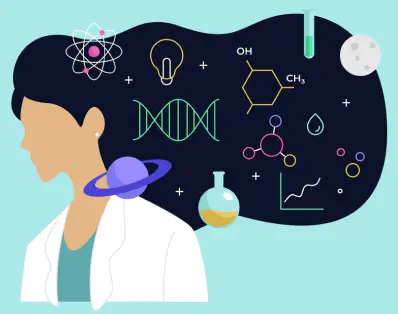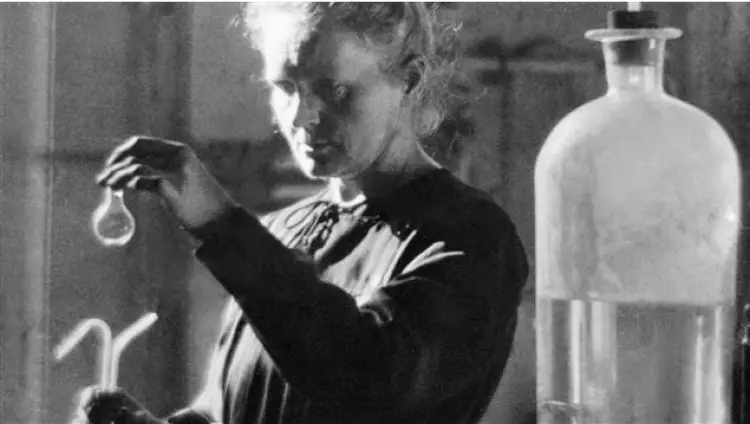Advances in feminism in science

From early civilizations to today, the place of women in science has changed dramatically. Even today, it can be noted that women have little presence in certain parts of this field. We can see that today, women in the medical field are more present (61% compared to 28% for fundamental sciences ). This brings us to the history of feminism’s advances in science since its inception.
The beginning of feminism
When the feminism began at the end of the 18th century in France, women were considered socially inferior. They could not be accepted in the scientific work because at that time it was exclusive to men. At the beginning of the 19th century, a woman passed the competition of the Academy of Sciences and for the first time, a woman could participate in the sessions of the Academy. Towards the end of the 19th century, some progress took place: in 1861 there was the first woman to have obtained her baccalaureate in letters. This is an important moment because it will encourage other women to also pass the baccalaureate and start their studies. These studies can lead to scientific careers.
In the other countries of the world one can also notice a progression towards the end of the nineteenth century. In the United States, there are more and more women’s colleges. These colleges allow women to study and find jobs in science. In India in the 1880s, the first woman graduated from a medical-oriented university.

Accomplishments
Some women have succeeded in making important discoveries that have revolutionized science. These discoveries have also made it possible to advance the place of women in the scientific field because, men now know that women can sometimes be very talented and therefore they will be more accepted.
This is the case of Marie Curie, a very famous physicist who, with the help of her husband, made important discoveries in the field of radioactivity. Marie Curie is the first woman and the only woman to win two Nobel Prizes. These discoveries revolutionized the field of medicine by implementing radiology in hospitals. It saved many soldiers during the war thanks to the radios that allowed a better identification of wounds. This encourages other women to enter the scientific circle by breaking downbias against women.

Nowadays
Today, there is an improvement in the place of women in the scientific world, but there are still disparities. We notice that to date there are many more women in the field of medicine than in pure sciences such as astronomy for example. According to «egal’actu» there are 68% of women in medical studies against 27% in engineering studies. This is partly due to the prejudices embedded in society, such as the fact that women are better in hospitals than in laboratories. These prejudices mean that women do not dare to embark on scientific careers.

There is an association, Women and Science, created in 2000 to promote scientific careers among girls and young women. But also this association tries to bring more equality: in the distribution of the sexes but also in the level of wages.